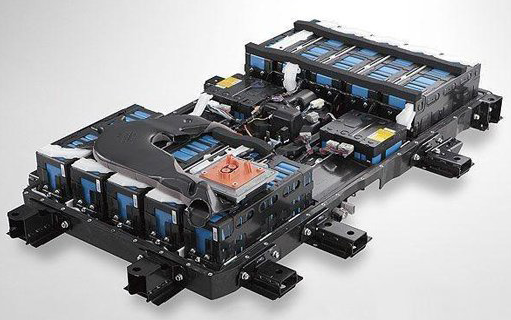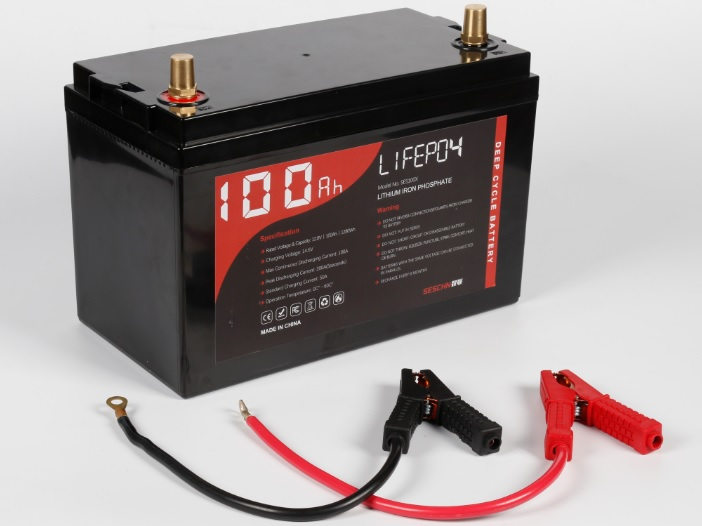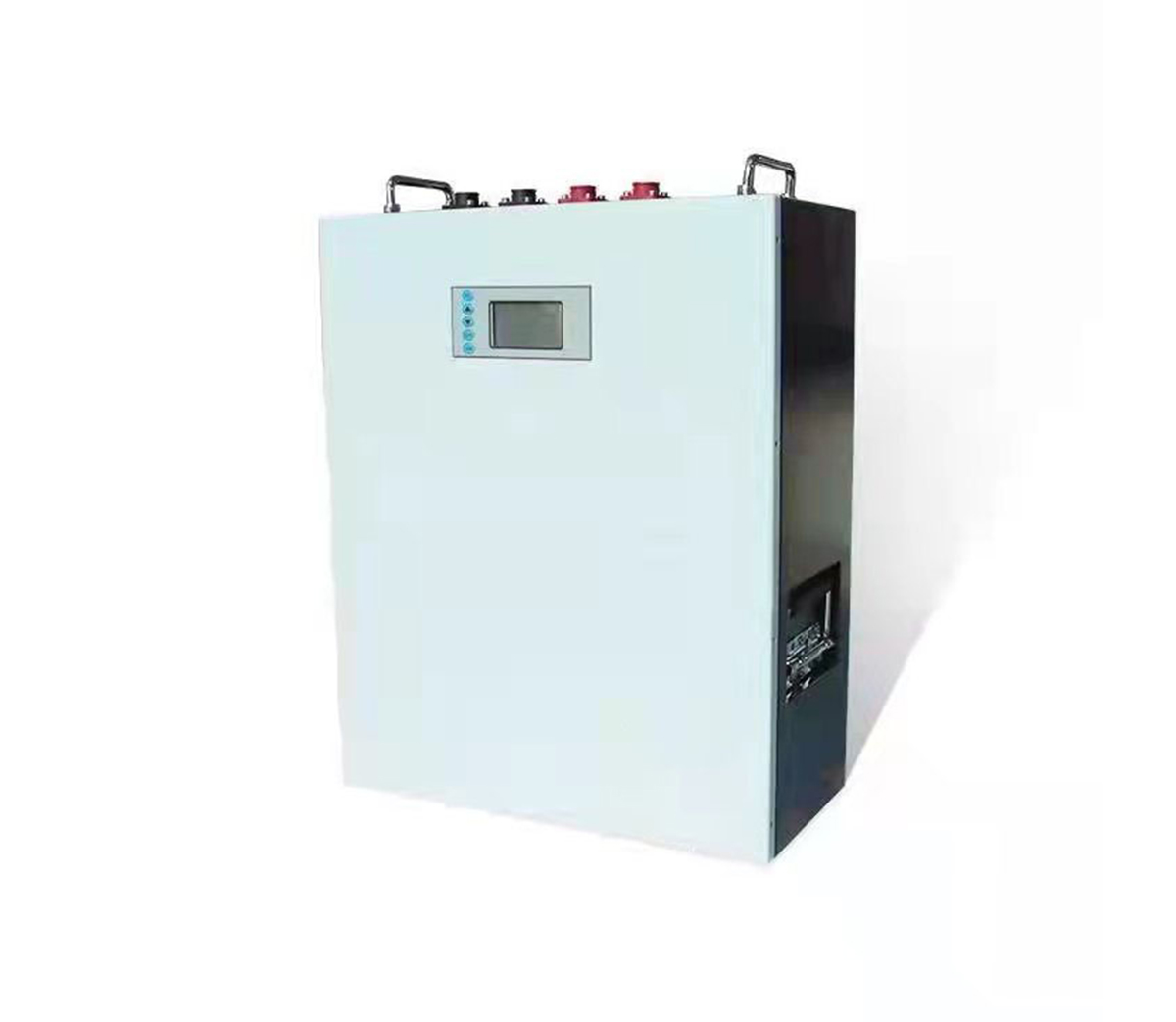Analysis of some common failure cases of BMS
BMS is an important component of lithium battery combination. It has many
functions and is also prone to failure. Let's analyze some common failure cases
and learn how to correctly handle BMS failures.

1. The whole system does not work after the system is powered
The common causes are abnormal power supply, short circuit or open circuit
of wiring harness, and no voltage output of DCDC. The steps are (1) Check
whether the external power supply supplies power to the management system
normally and whether it can reach the minimum operating voltage required by the
management system; (2) Check whether the external power supply is set to limit
current, resulting in insufficient power supply to the management system; (3)
Check Whether there is a short circuit or open circuit in the harness of the
management system; (4) The external power supply and the harness are normal,
then check whether the DCDC of the system has a voltage output, if there is an
abnormality, replace the bad DCDC module.
2. BMS cannot communicate with ECU
The common cause is that the BMU (main control module) is not working and
the CAN signal line is disconnected. The steps are (1) check whether the 12V/24V
power supply of the BMU is normal; (2) check whether the CAN signal transmission
line and connector are normal, and observe whether the data packet can be
received.
3. The communication between BMS and ECU is unstable
Common reasons are poor matching of the external CAN bus and excessively
long bus branches. The steps are (1) check whether the bus matching resistance
is correct; (2) whether the matching position is correct and whether the branch
is too long.
4. The internal communication of the BMS is unstable
The common reasons are that the communication cable plug is loose, the CAN
wiring is not standardized, and the BSU address is duplicated.
5. The possible cause of insulation detection alarm is battery or drive
leakage
The steps are (1) check the insulation test data, battery bus voltage, and
whether the voltage to ground is normal; (2) use an insulation shaker to measure
the insulation resistance of the bus and the driver to ground.
6. After power on, the main relay does not pull in
The common reasons are that the load detection line is not connected, the
pre-charge relay is open, and the pre-charge resistor is open.
7. Acquisition module data is 0
The common cause is that the collection line of the collection module is
disconnected and the collection module is damaged.
8. The battery current data is wrong
It may be that the Hall signal cable plug is loose, the Hall sensor is
damaged, or the acquisition module is damaged. Generally
Re-plug the current Hall sensor signal line, and then observe whether the
signal output is normal.
9. The battery temperature difference is too large
Common reasons are that the cooling fan plug is loose, the cooling fan is
faulty, and the temperature probe is damaged.
10. Can't use charger to charge
It may be that the communication between the charger and the BMS is not
normal. You can replace a charger or BMS to confirm whether the BMS is faulty or
the charger is faulty.
11. The detection data of some battery boxes is lost
It may be that part of the connectors are in poor contact, or the BMS slave
control module cannot work normally.
12. SOC abnormal phenomenon
The SOC changes greatly during the working process of the system, or it
repeatedly jumps between several values; during the charging and discharging
process of the system, the SOC has a large deviation; the SOC has always
displayed a fixed value. The possible reasons are the current sampling
calibration error, the current sensor model does not match the host program, and
the battery has not been deeply charged and discharged for a long time.

Lithium-ion battery (LIB) has become the main energy storage solution in
modern social life. Among them, lithium iron phosphate batteries are a perfect
substitute for lead-acid batteries, and are the first choice for grid-connected
peak shaving, off-grid energy storage, photovoltaic energy storage, UPS, data
center and other industries.




































